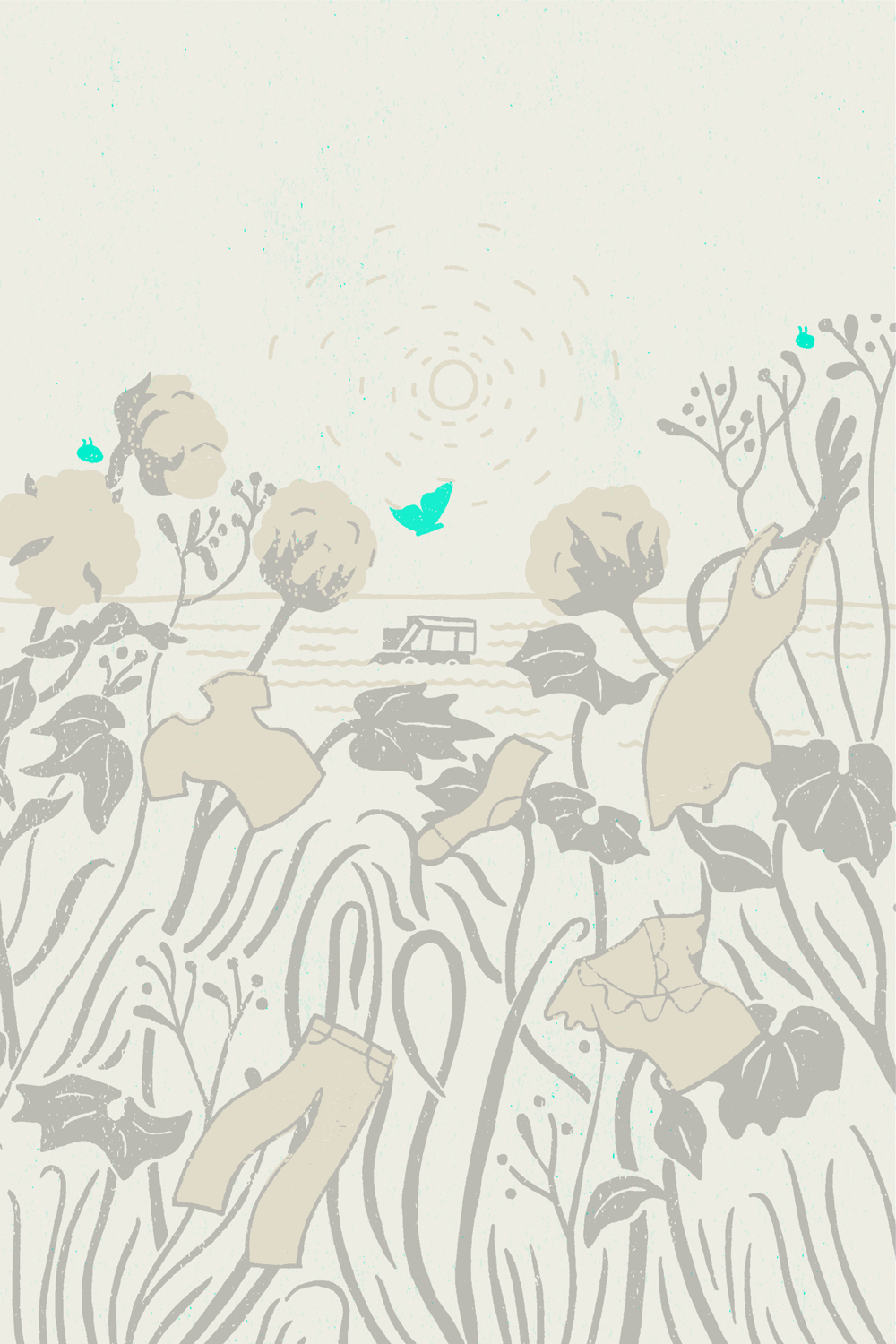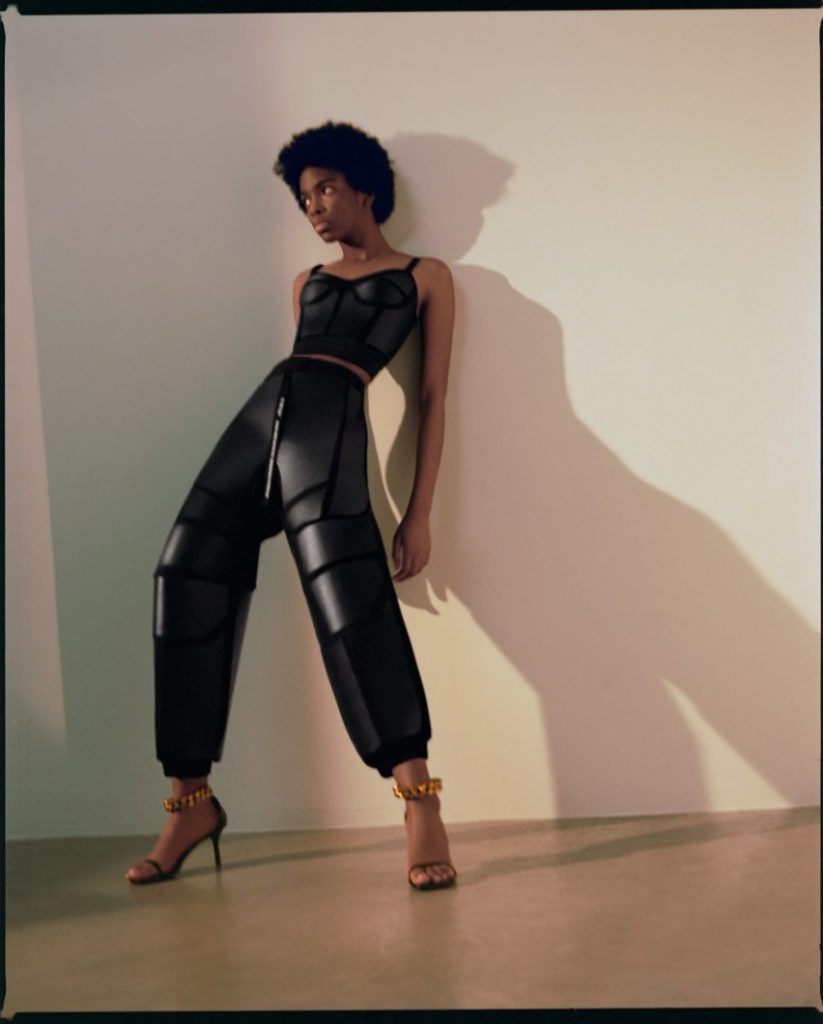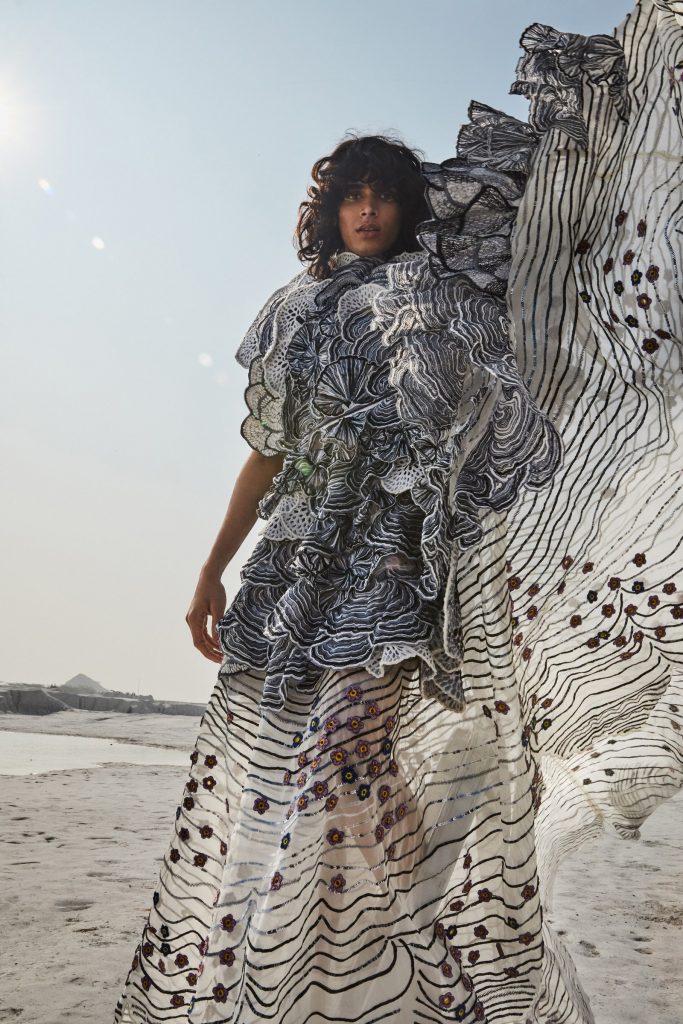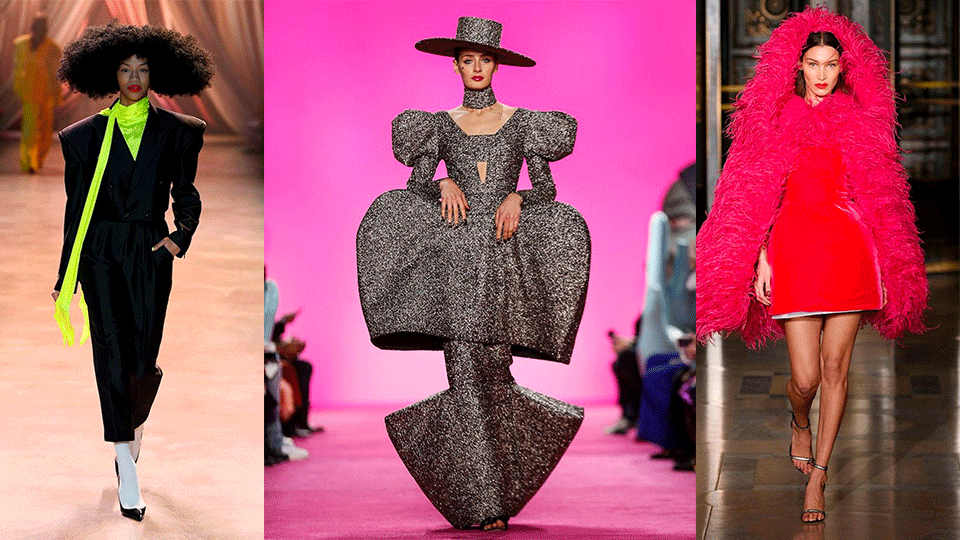- À New Wave to Fashion, À New Way of Living. Download Now on iOS Android Canada SS22
- hello@alahausse.ca
News in Sustainable Fashion: Mycelium is the New Luxury Leather

Deconstructing Sneakers with Berlin Based Designer “All Amin”
August 13, 2021
The RealReal in the works of developing their own luxury brand
August 13, 2021
Written by: Hanna Shaw
Reinforcing the reality that sustainable fashion is here to stay, recent innovations in the garment industry has enabled mycelium, a vegan leather made from mushrooms, to gain traction as a viable substitute to animal leather for luxury brands.
Grow your own textiles
Mycelium has recently made waves in the fashion industry by providing clothing manufacturers with a sturdy, pliable, and sustainable fabric that can take the place of their more environmentally damaging rival, animal leather. Mycelium is the structure derived from the thread-like filaments fungi use to grow, similar in function to roots for a tree. The pre-harvesting process begins with the filaments being given organic biomass and sawdust before getting transferred to a growing mat to dry. Once the filaments have enlarged and fully integrated with the biomass to create a “foamy” layer, the material is then harvested, tanned, and dyed by the same tanneries that ordinarily process animal leather. Mycelium is an attractive option for biomaterial companies to pursue because of its framework that can be grown to take about any desired form.

Brands joining in
In 2020, fashion brands Lululemon, Adidas, Stella McCartney, and Saint Laurent’s parent company Kering created a consortium with sustainable materials producer Bolt Threads and invested in the company’s rendition of mycelium, Mylo, so it can be more commonly used. Mylo is certified bio-based and therefore vegan, biodegradable, plastic free, and above all a trailblazer in the realm of fashion sustainability. The material is able to be harvested into sizable sections that can be used to make pants, and is pliable enough to be a standard material found in clothing now thanks to this large-scale partnership.

Stella is paving the way
Stella McCartney proved this feat by unveiling a two-piece set made out of panels of Mylo overlaid atop recycled nylon scuba last month, making her the first fashion designer to ever make wearable clothes from the bio-based fabric. The statement ink-black matching outfit consists of utilitarian trousers and a bustier top that plays on a juxtaposition between femininity and masculinity. McCartney remarked on the collaboration that “…the Stella community should never have to compromise luxury desirability for sustainability, and Mylo allows us to make that a reality.”
“The material used in these two garments not only represents a huge step forward in both aesthetics and performance of biomaterials but also marks the beginning of the rollout of product-ready Mylo,” said Bolt Threads founder and CEO Dan Widmaier. “This is tangible progress toward large-scale production where Mylo can make a significant positive impact on our planet.”
Before the Mylo Consortium was created, fashion prototypes including the fabric were limited to smaller accessories, like Stella McCartney’s signature Falabella bag on display at The Victoria & Albert’s Fashioned from Nature exhibit in 2018, due to smaller production capabilities.
Keep an eye out for MycoWorks
However, Stella McCartney isn’t the only ready-to-wear designer brand making strides in the sustainable fashion mission of aiming to replace animal leather with mycelium in their future collections. The French luxury heritage brand Hermès has teamed up with the biomaterials company MycoWorks to redesign its Victoria shopper bag into a special edition item that uses two amber-colored panels of mycelium in place of leather. The collaboration will be available for purchase from the end of 2021, so the vegan leather will not be a permanent addition to the bag.
MycoWorks mycelium material goes by the name Sylvania, and is the result of a three-year partnership between the biomaterials company and Hermès aimed at modifying mycelium leather so that it can be more widely used in the composition of ready-to-wear luxury items. “Sylvania represents how nature and biotechnology can work in concert to create a material with the highest standards of quality,” said MycoWorks CEO Matt Scullin. “[It] is the result of a shared vision for growing the future of materials and a quest to unlock new design possibilities.”

Mycelium Fabrics and the Future
What sets Sylvania apart from other mycelium fabrics in the race to make it ready for mass distribution is their production process. It doesn’t require compression for the mycelium to attain a sturdy finish from the growth stage taking place in trays with an unconventional fermentation process that enables the mycelium fibers to form into a uniform, intertwined composition. The material is then tanned and finished by Hermès tanners in France for reinforcement, where it’s then brought to life by Hermès craftspeople.
The future of (p)leather
Although work still needs to be done, the recent experimentation by established fashion houses with environmentally-friendly substitutes to animal leather is a step in the right direction towards reducing the large carbon footprint of the fashion industry. This could spur the start of a new era in garment production and what’s considered to be “in,” where the effect on the environment is taken into more consideration than past ways of operating that mainly concerned the status quo. I challenge you to buy an item made of bio-based, vegan leather the next time you need to replace your beloved leather jacket or want to don a new pair of leather trousers.
Via ÀLA.HAUSSE‘s Multi-functional and Multi-purposeful Fashion Ecosystem- BUY/SELL/RENT/LEND/ (swap BETA 2021) mobile application, INDIVIDUALS & brands (BETA 2021) are encouraged to REBUY, RESELL, REUSE and UP-CYCLE their personal “Closets” aka Clothing Assets, along with overstock inventory and samples. Through this consumerism habit shift we indirectly slow down the urgency on fashion’s carbon footprint, aiding sustainability as a whole.
BETA Early Access Application Now Opens SS21 iOS Android
with Stories on www.alahausse.ca
#ALAHAUSSE #WEARYOURPURPOSE #HAUSSEPEOPLE
References:
- https://www.mycoworks.com/introducing-sylvania-by-hermes
- https://www.mycoworks.com/
- https://www.vam.ac.uk/articles/inside-the-fashioned-from-nature-exhibition
- https://www.mylo-unleather.com/stories/stella-mccartney-debuts-a-mylo-bustier-top-and-trouser-set/
- https://cfpub.epa.gov/si/si_public_record_report.cfm?Lab=NRMRL&dirEntryId=231873
- https://boltthreads.com/



